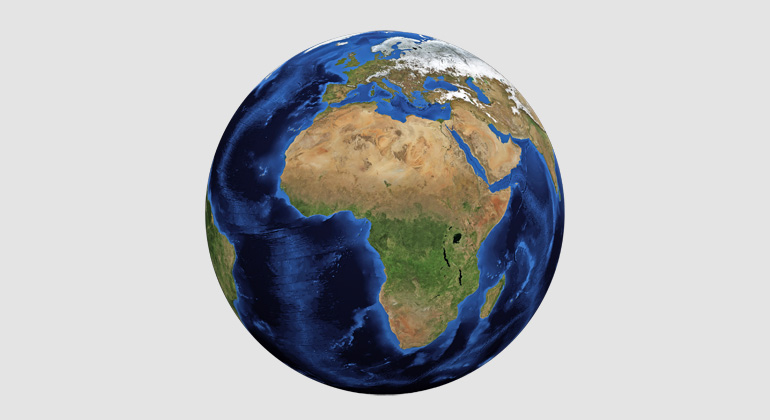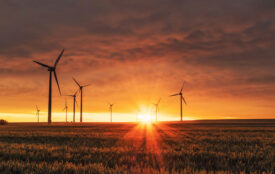Why is AfDB promoting mainly old power technology for Africa?
AfDB has committed to funding $12-billion for energy development in Africa over the next five years.
The provision of $1.4-billion in funding in 2017, and the sourcing of another $5-billion, enabled the construction of 7 000 km of transmission and distribution lines, which also enabled some regional power integration.
Actually that’s another bad news for African electrification! Central power generation does not even offer a rudimentary solution to the future of power supply in Africa. But such projects look good as a prestige object for local governments – and AfDB (African Development Bank Group).
AfDB proves again they have not yet realized that in the case of decentralized energy supply, we are talking about the modern technology of the future, which is cheaper and more reliable than any centrally organized energy system, while enabling a worldwide power supply.
Decentralized energy technology is on the rise worldwide, as a glance at the markets in Europe, the USA and Australia shows impressively. While developed countries (and even traditional utilities!) are developing their energy supply with 21st century modern technology, AfDB remains trapped in the past century.
Centralised power generation is neither state of the art nor cost efficient if you compare these costs with a decentralized energy supply. And, more and more players realises this. Just few samples:
- The Tanzanian government estimates that about half its rural population may be served more cost-effectively by decentralized options like mini-grids.
- The International Energy Agency (IEA) states in its World Energy Outlook that decentralized renewables offer the least-cost solution for three-quarters of additional electricity connections needed in sub-Saharan Africa.
- Global utility ENGIE is confirming its focus on off-grid energy provision in Africa, with plans to continue expanding their solar home system (SHS) and mini-grid activities. This is part of ENGIE’s goal to provide 20 million people around the world with access to decarbonised, decentralised energy provision by 2020, using the latest digital technologies.
The challenges of traditional grid extension projects are clearly evidenced as well. Best sample is the case of Kenya Power and Lighting Company (KPLC). In 2015, KPLC launched the USD $150 million Last Mile Connectivity Project, betting on grid connectivity. The program has imposed a strain on the technical and financial resources of the utility, putting cost recovery and reliability at serious risk.
Scale-appropriate solar-plus-storage systems (which are now state of the art in industrialised countries) can be far more rapidly, affordably and easily deployed to reach last-mile consumers and have created a billion-dollar sector.
The big question is: doesn’t AfDB have sufficient knowledge about this alternative, cost efficient and more reliable power solutions – or do they just ignore them?
But every new centralised power line is also an accuse to associations like GOGLA or ARE: why don’t GOGLA and ARE join forces with associations in industrialized countries that are also fighting for decentralized energy technology?








